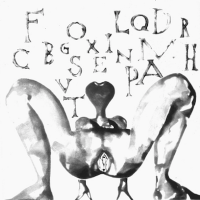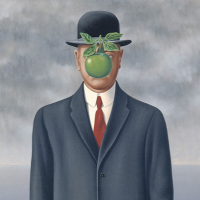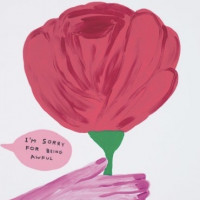
What is watercolor?
A term that refers to both the resulting artwork and the medium. It is a method of painting where the paints used are made of pigments that are suspended in water soluble "vehicle". Watercolors appear luminous and are transparent because the pigments used are laid down in pure form and few fillers obscure pigment colors. By adding Chinese white, watercolor can be made to look opaque.
Image © Phil Darby/Shutterstock- Show All
- Established
- Discoveries
ARTWORKS RELATED TO WATERCOLOR
Donald Sultan
Lantern Flowers - Blue/Black background, 2017
Limited Edition Print
Watercolor
USD 4,350
Donald Sultan
Lantern Flowers - Yellow/Black background, 2017
Limited Edition Print
Watercolor
USD 3,750
Donald Sultan
Lantern Flowers - Red/Black background, 2017
Limited Edition Print
Watercolor
USD 4,350
Robin Winters
Curtain, man with pointed cap, rope, 1981/1982
Drawing / Watercolor
Watercolor
EUR 3,600

Italian version for Neo Expressionism that refers to an art movement that moved across Italy and some other parts of Western Europe between 1970s and 1980s. It simply means beyond avant-garde. The art movement came as a response to conceptual art's explosion that got many expression mediums by reintroducing emotion and reviving painting. Transvanguardia marked a turning point back to mythic imagery and figurative art which at the time, was rediscovered.

Surrealism began in the 1920s with artists and writers whose works aimed to reveal the unconscious to unleash subconscious imagination, and explore unusual imagery. Bringing the unconscious into rational life was one key thematic goal of this group influenced by Sigmund Freud’s psychoanalysis theories.















